#ueno toshogu
Text
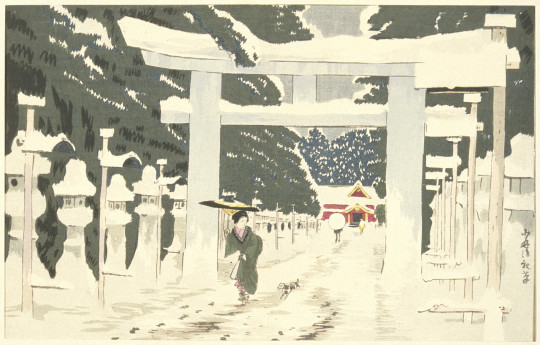
"Heavy Snow at Tōshōgū Shrine in Ueno" (上野東照宮積雪之図) by Kobayashi Kiyochika (小林清親), 1879
"Nieve intensa en el santuario Tōshōgū en Ueno" (上野東照宮積雪之図) de Kobayashi Kiyochika (小林清親), 1879
#japanese art#arte japonés#japanese prints#impresiones japonesas#小林清親#kobayashi kiyochika#東京都#東京#tokyo#tokio#上野公園#ueno koen#ueno park#上野東照宮#ueno toshogu#東照宮#toshogu#snow landscape#paisaje nevado
29 notes
·
View notes
Photo
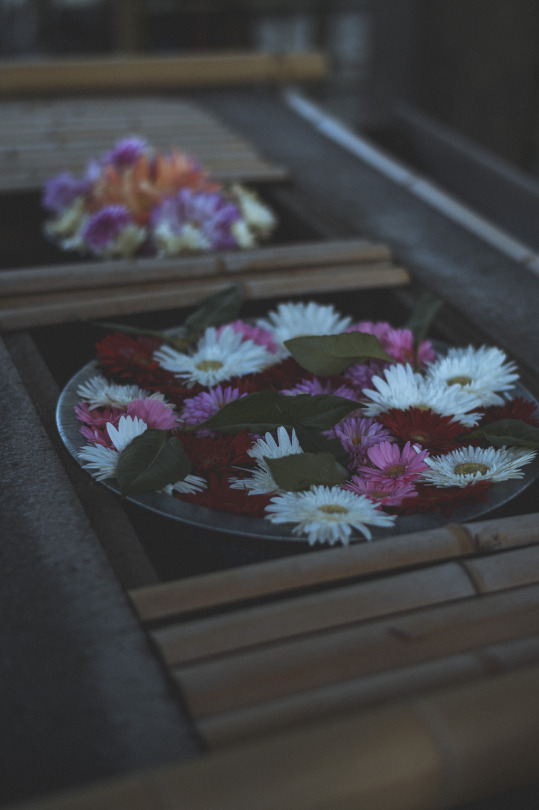
Ueno Toshogu, Ueno, Tokyo, November 2022
2 notes
·
View notes
Photo


#上野東照宮#ueno toshogu shrine#不忍池辯天堂#shinobazu no ike bentendo temple#上野恩賜公園#ueno onshi park#東京#tokyo#日本#japan
111 notes
·
View notes
Text
Exploring the winter peony garden in Ueno Toshogu shrine
Exploring the winter peony garden in Ueno Toshogu shrine
(more…) “”

View On WordPress
0 notes
Photo

#Tokyo#Ueno#jinjya#shrine#Toshogu#Toshogu Shrine#Ueno Toshogu Shrine#Tosho-gu#Tosho-gu Shrine#Ueno Tosho-gu Shrine#Japan#Tokugawa Shogunate#Edo Shogunate
1 note
·
View note
Text

Kiyochika Kobayashi
from Illustrations of famous places in Tokyo
"Ueno Toshogu Shrine, snow covered." 1879
小林清親 東京名所図 「上野東照宮積雪之図」
25 notes
·
View notes
Text
Ueno Toshogu Peony Garden
In May every year, a peony festival is held in the peony garden of Ueno Toshogu in the Ueno Park, Tokyo. The flowers bloom for one month from early April to early May. We can enjoy beautiful combination of a pagoda at the temple and peonies in the garden during this period.
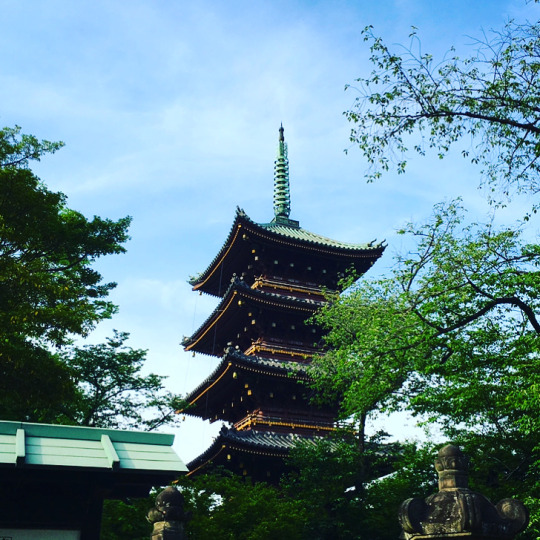
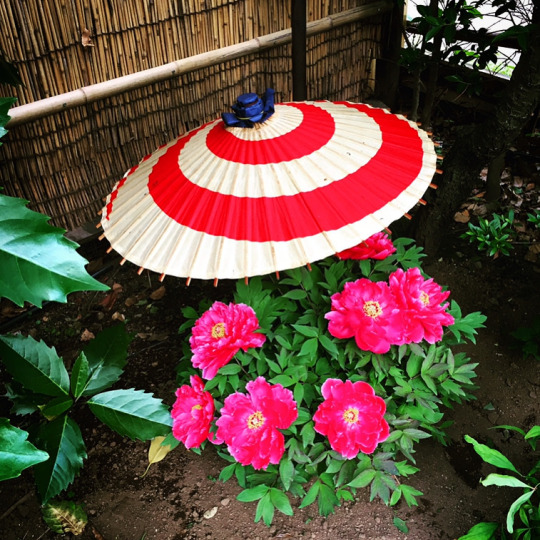

11 notes
·
View notes
Text
I went to Tokyo the past days. Like two nights before going to Europe for a few weeks.
I went to the Toshogu Shrine in Tokyo this time. I meant to go last year - it's really close to Ueno station - but since I busted my knee on the first full day in Tokyo (lol) I couldn't go.
This year I went again and got a sticker. Mainly because I want to put it on my notebook (journal) and because it was cheap (100¥!), but I didn't expect it to be this beautiful!

0 notes
Text
5. Nap - Tokió Ueno park
Jó időben bebarangoltuk az Ueno parkot, amely egy szép zöld terület. Több múzeum található benne, több szentély és egy állatkert is pandával. Mi a zöld területeket és a szentélyeket jártuk körbe. A Toshogu shrine egy 1651-ben épült 5 tornyos pagodából és aranyozott falakkal borított főépületből áll. Tokugawa Ieyasu unokája építette. Hatalmas, 600 éves Kámfor és Ginkó fák veszik körül. A Ginko fát azért telepítették a templom mellé, mert a levelei nem éghetőek, így megvédik a templomot a tűztől.
Az Ueno park után egy teaszertartáson vettünk részt. Először egy sakura teát kaptunk, abban virágszirmok voltak. Aztán volt egy rendes erős matcha, amit a szertartásvezető csinált nekünk. Előtte is utána elmagyarázta, hogy melyik japán zöld teát hogyan termesztenek és hogyan készül. Elmagyaráta, hogy egy rendes matcha koffein tartalma felér egy espressoval, mégis jótékonyabb hatású. Betegségek megelőzésére is érdemes ezt inni. Végül egymásnak készíthettünk egy gyengébb matchát. A teák között helyi mochit és rizskekszet tálalt. Egy családi étteremben vacsoráztunk, ahol kipróbáltam a hideg soba tésztát tempurált zöldségekkel.




0 notes
Text
May 31 - Ueno Park and Tokyo National Museum/Akhibara/Yurakucho
What a successful day! We started at Ueno Park where we saw the Ueno Toshogu Shrine and walked over to the Tokyo National Museum. The museum is home to over 600 of Japan’s national treasures and featured a special character- the haniwa. Afterwards, we had lunch in the street next to Ueno park where I had izakaya and tried a lot of new and yummy food. Then, we headed to Akihabara where I got to see an NSFW manga collection and then play some gatcha. I was about to freak out when I dropped 1,000 yen on crane machines and didn’t get anything- but on the last 100 yen I finally secured a tote bag. After resting in the hotel, I went out for dinner with Julie and Casey at a local sushi spot and the owners loved Julie, sending us off with free treats! Lastly, we went to Yurakucho to explore because I saw a tiktok saying its a great spot for photography. The area was a lot more lively and fun than I thought it would be and I had the best cream puff ever.
In the Tokyo National Museum, I saw a “Lid Rest Shaped Like a Crab with Bamboo” which was from the Edo period and made from Bronze. It is part of the tea ceremony and when the host removes the kettle’s lid, it would be put on top of this holder shaped like a crab. I was really intrigued by it because although it is so small, it is incredible intricate and combines the use of practicality and art. It also said in the blurb that the lid holder can reflect the seasons or means of the tea ceremony, which I find very interesting. For such a serious art, I think a crab holder can be a little unserious. Lastly, I found that a lot of other pieces in the museum were very large so this tiny piece grabbed my attention.
Academic Reflection
In Azuma’s Database Animals he discusses how characters to otaku are not revered to the point of idolization, if ever there is a set of characteristics that many characters hold that can be parodied, copied in other works, and this practice is enjoyed by many fans. For instance, in my mind, I can think of at least 5 animes with a male lead who has black hair with bangs, blue eyes, tall, and athletic or smart. This was put into play in Akihabara where there were many parodied works in doujinshi or just many posters depicting different characters with similar features. Parallel to this, in manga stores I noticed just how many characters were put in different costumes, settings, spin-offs, and more, but this reflection doesn’t necessarily take away from the fandoms or enjoyment despite lacking originality.
In Saito’s Beautiful Fighting Girl, the concept of moe is discussed. For the predominantly male audience that consumes this media, they find a sense of escapism in the fandoms of these characters. They do not idolize these girls, but they do form an attachment to characters and the emotional relationships formed between fans and the girls themselves. In Akihabara, I saw many men who were inside the NSFW manga store and they seemed to be taking their time in enjoying every novel they picked up. Not only were they not really the “true” stories of the characters in the doujinshi, but the parodies themselves still hold the element of moe because it is not about the character, but more about the fantasy they provide.
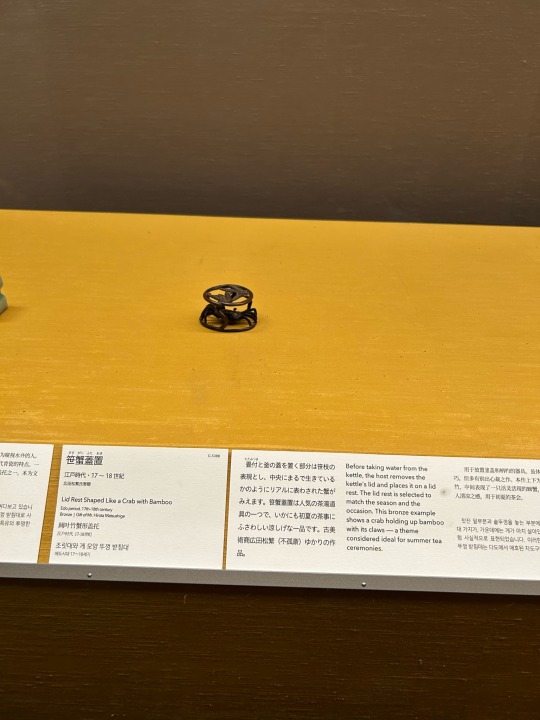

0 notes
Photo
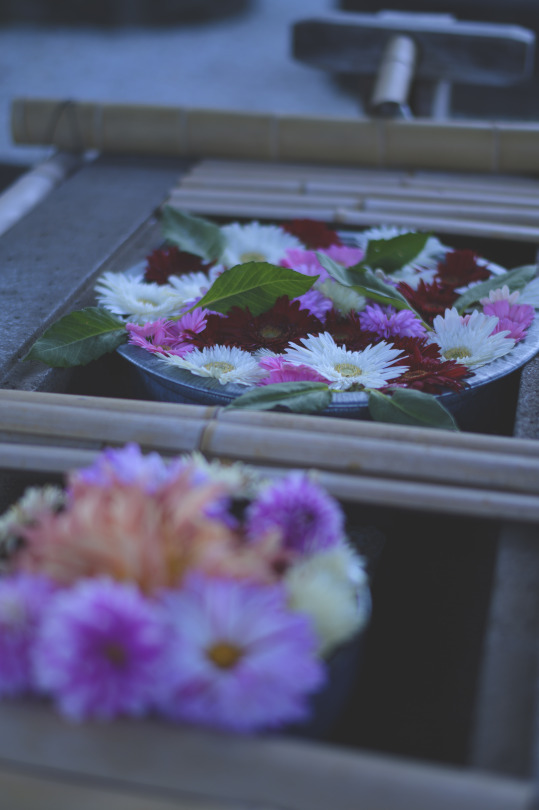
Ueno Toshogu, Ueno, Tokyo, November 2022
1 note
·
View note
Text
5月31日 - Ueno Park | Akihabara
Today we went to Ueno Park and Akihabara. I'll admit I wasn't too enthusiastic when looking at the itinerary for today. Still, I was pleasantly surprised at all the beautiful sites and little things that made today a very educational and informative trip.
•••
Ueno Park 🌸🌳

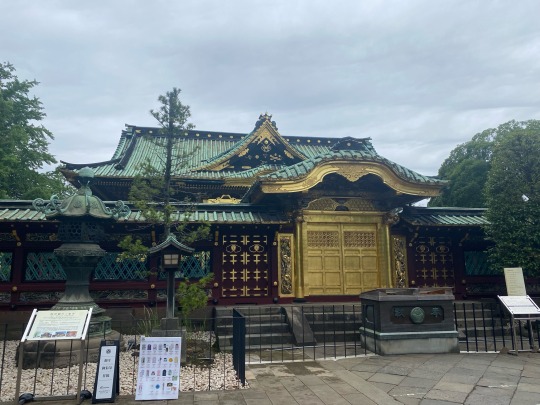
It wasn't until we walked there today that I realized how close Ueno was to the Ryokan we are currently staying at in Tokyo. My host family took me to Ueno Park in 2019 around wintertime, so I wasn't really able to see the beauty of nature in the park. I want to return during cherry blossom season to enjoy the beautiful sites and relax in the park. We also visited the Ueno Toshogu shrine, where the intricate designs and decorative gold architecture reveal the importance of Ieyasu in Japanese history.
Tokyo National Museum 🏛️🖼️


We also went to the Tokyo National Museum, where we got to wander around and take in the various national treasures and historical pieces that contributed to the history, arts, and culture of Japan from ancient Japan into the modern era. A bit off-topic, but I see the inspiration of how the museum in Animal Crossing New Horizons is designed based on the architecture and layout of the Tokyo National Museum.
For class, we needed to take a picture of a piece that stood out and describe why it stood out. While moseying through, multiple art pieces struck me, so I'll share a few and explain what aspect I found fascinating about each piece.
—----------

The first was a replica doll of a crying baby. It's a very well and realistically crafted doll. And while I do absolutely love babies and find them quite adorable–that doll is terrifying. Seeing such a doll displayed like that scared me and caught me entirely off guard. Especially a crying one, nonetheless. But I have to acknowledge that my opinions might be based on my Western perspective of being used to baby dolls either having docile or happy expressions on their face. (even if it's marketed as a "crybaby" dolly).

Next would have to be this tea bowl used in tea ceremony. The wabi-sabi element of imperfection in the unevenness of the bowl is very aesthetically pleasing to me as a student who has taken many years of art classes, ceramics/pottery has always been my least favorite medium. The emphasis on properly using the potter's wheel and your hand in tandem to effectively create a uniform, even shape, makes the bowl more beautiful for breaking such artistic rules. Also, as you all should know by now, anything to do with matcha I love.

Thirdly, it would have to be the entire collection of oil paintings in the museum. I couldn't stay long enough to remember the artist or read the context of each piece, but it was truly captivating. My favorite kind of artistic medium is oil paintings, specifically portraits. I never quite see many minorities painted with oil, so whenever I do, it never fails to enrapture my attention.

Lastly, I saw this Venus figure in the gift shop on my way out of the museum. Venus figures were prominent in various cultures during ancient times. They represented and promoted the idea of fertility by exaggerating the female figure. It caught my eye because of how different the figure was compared to modern Japanese beauty standards in terms of body type; it's fascinating to see a Venus figure erected in the area.
Ameyokocho 🍭🍣


After the museum, we made our way across the street to Ameyokocho. My host parents took me there briefly in 2019, but we had some free time to have lunch this time. A couple of classmates and I decided to eat at this Okinawan restaurant (which I sadly did not catch the name of), where I got this sweet potato croquette that was really delicious. I'm happy I could practice more Japanese with our server, who was very friendly in conversing with me. Opportunities like those when I get to have extended conversations where the other party can understand my Japanese make me realize that I may know something about the language after all and that majoring in it has produced some fruits.
Akihabara 🏬🎮
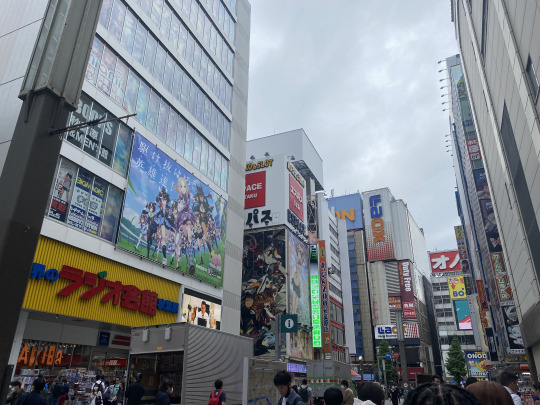

Our last stop for the day was Akihabara, where I only stayed very briefly. Though I am not into anime too much, I found Fire Emblem Three Houses figurines which were super cool (which I did not buy for obvious $ $ $ reasons)—definitely an iconic spot in itself.
•••
Today was an eventful day. I came to realize more about myself throughout this class outing. It truly is bittersweet that our first week in Tokyo is halfway over, but I'm excited about all the other exciting plans yet to come.
——————
📚 Academic Reflection 📚
The Haniwa & Kofun Wikipedia pages cover the Haniwa burial clay figures used during the Kofun period to go in burial mounds. These Kofun graves are unique in shape and, like Haniwa figures, have a lot of theorized and unknown elements to them because of their age before written recorded history. Some of these Haniwa figures could be seen in the museum we visited earlier today, along with educational descriptions and writings of the Kofun period.
"Beautiful Fighting Girl" discusses the psychology of the otaku. In visiting Akihabara, we could see examples of anime consumption by the otaku market throughout the city. From figurine stores to manga cafes, the amount of capitalism and consumerism from Akihabara alone proves the highly profitable market of otakus both domestically and internationally.
0 notes
Text
May 31st, 2023 -- Ueno Park
Today we didn't ride the train today and took a decent walk to Ueno Park. I visited the Ueno Toshogu Shrine and also the Tokyo National Museum. I found the museum pretty nice because there were a lot of beautiful paintings there:
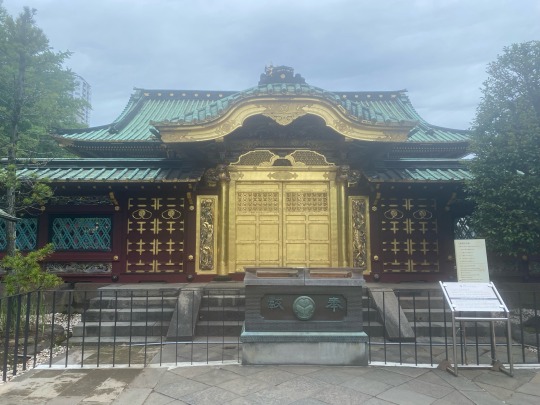


An art piece that really stuck out to me was "Birds and Flowers" by Urakami Shunkin. It was made during the Edo Period back in 1823. I couldn't find much information about it besides that Shunkin had painted it after he had left Japan at the age of 16 to eventually settle in Kyoto (he was around age 45).
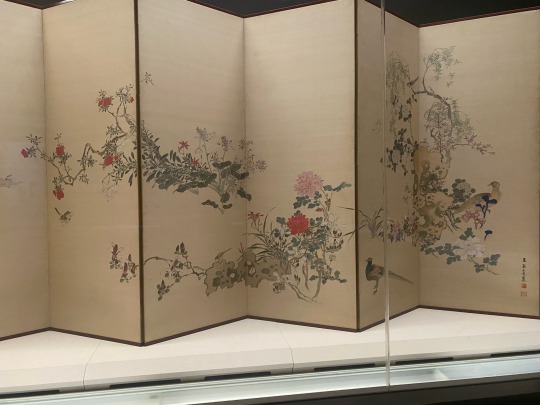
I then visited the Ameyayokocho Market and enjoyed a small pork intestine hotpot for lunch:


I then went to Akihabara but didn't stay long because I wasn't too interested in looking around too much. I did stop by this bakery that had these small croissants that we literally smelt from the outside and they actually tasted really good.

I did also go back to Ueno park but I specifically visited the zoo that was there. I got to see a good number of animals and admission was also relatively cheap:

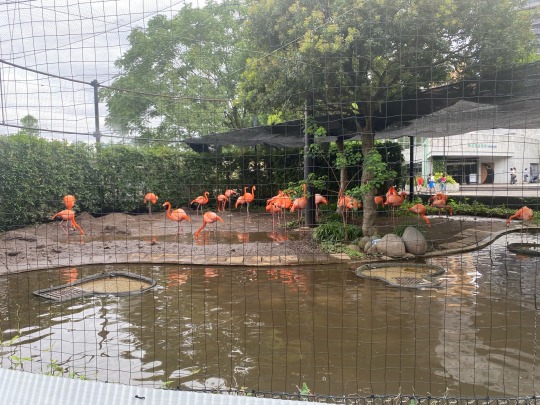

Academic Reflection
From the readings I had for today, I actually learned about some pretty neat things. The first things were about Kofun and Haniwa. Kofun I learned were like metallic tombs that can be in keyhole, square, or circle shapes. The Haniwa are terracotta clay figures that were for ritual use and buried as funeral objects. The Haniwa could also be offered in many different forms like in the shapes of different animals, weapons, houses. shields, etc.
I also was introduced to Otaku Culture and what I pulled from it was that Otaku refers to people who are extremely immersed into various forms of popular culture (like anime and manga). And the more psychological aspect of it is that Otaku may exhibit social difficulties and possibly having difficulty with real-life relationships.
1 note
·
View note
Video
youtube
The Japan No One Knows. The Last Decisive Battle
Shogitai The last decisive battle of the Ueno War
Ana Inari Hanazono Inari Shrine
This shrine marks the end of Edo's sad history.
The Battle of Ana Inari."
It is said that the Shogitai's battle was not only in Ueno, but actually covered a wide area.
This Ana Inari is a sanctuary that is entered through a door.
Upon entering, one finds that the lights are on and the atmosphere is bright and refreshing.
Some people seem to visit the shrine every day.
Hanazono Inari Shrine Neighborhood
2 minutes on foot: Shinobazunoike Benten Hall
4 minutes on foot: Ueno Toshogu Shrine
6 minutes on foot Statue of Takamori Saigo
2 minutes on foot Ueno Ameyoko Shopping Street
9 minutes on foot Marishiten Tokudaiji Temple
10 minutes on foot Tokyo National Museum
13 minutes on foot Yushima Tenmangu Shrine
16 minutes on foot Kan-eiji Temple Nemoto-chudo Hall
17 minutes on foot Shimotani Shrine
18 minutes on foot Nezu Shrine
0 notes

